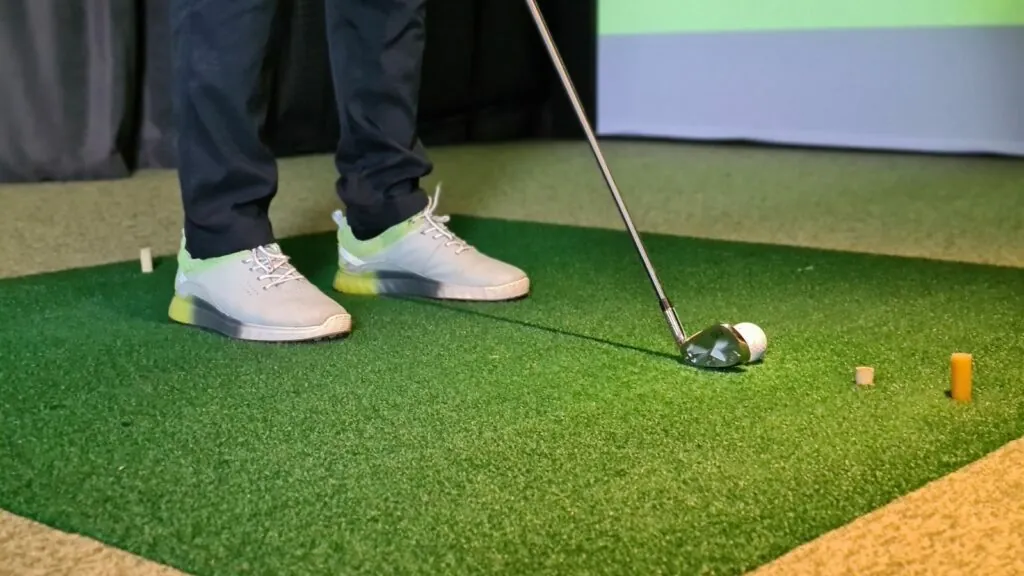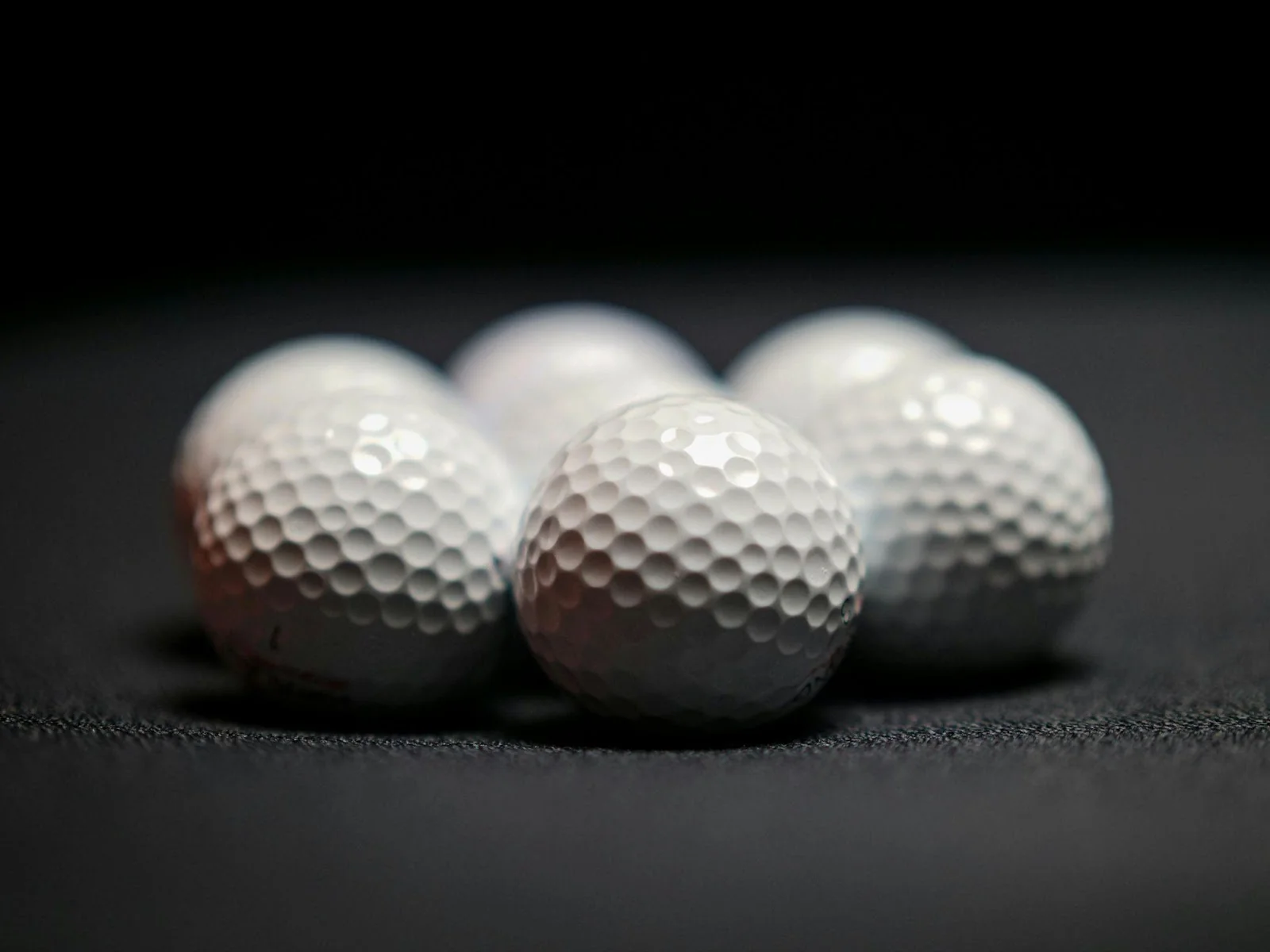Table of Contents
ToggleGolf performance is as much a mental game as it is a physical one. Even players with flawless swing mechanics can crumble when pressure mounts on the course. What separates the pros from the rest is their ability to manage stress, stay grounded, and maintain routines that fuel both body and mind.
The good news? Many of their strategies aren’t reserved for the elite. With the right mindset, consistent practice, and a few intentional lifestyle adjustments, any golfer can bring more calm and confidence into their game.
Below, we explore what legends and rising stars say about staying composed under pressure, plus practical self-care routines you can bring into your daily life.
Lessons from the Legends – What Top Golfers Say About Pressure
The best way to learn how to handle pressure is to study those who’ve been there. That includes golf legends and rising pros whose words reveal how mindset shapes performance.
Gary Player on Turning Pressure into Power
Gary Player, one of the game’s greatest, believes that resilience isn’t built on the course alone. It’s forged in life.
“Putting is about belief. I had an extremely tough upbringing. It made me strong mentally. I didn’t get nervous standing over a putt, because I believed I was going to make it. That’s what you need to be a great putter.”
For Players, discipline is non-negotiable. His advice to amateurs is simple but powerful:
“You need discipline and intention. One of the best things an amateur can do at home is learn to keep their hands ahead of the ball at impact. I love the way Jordan Spieth does it. His hands stay beautifully in front, and his left wrist is firm through the stroke. That’s fundamental.”
The takeaway? Build belief through practice and lean on discipline when nerves strike.
Samantha Wagner’s Mind-Body Reset Before Competition
Samantha Wagner credits much of her success to keeping her process consistent on and off the course.
“I really attribute a lot of my bogey-free rounds to being consistent with my process and routine across the entirety of my game,” Wagner says. But she also acknowledges how anxiety can sneak in: “When I tend to get anxious, my routine slows down.”
Her solution is mindfulness in action:
“If I ever have negative thoughts standing over a tough putt, I usually tend to back off and start my routine over, or at the very least, take a deep breath to recenter myself.”
It’s a reminder that pressure is normal. It’s how you respond that makes the difference.
Brendon Elliott’s Philosophy of Process over Outcome
Brendon Elliott, a respected coach, urges golfers to stop obsessing over the scoreboard. For him, consistency matters more than results.
“Most putting problems can be solved right in your living room, office, or anywhere you’ve got a few feet of carpet and a golf ball. Some classic drills work beautifully on a quality putting mat, where you get consistent roll and realistic feedback, but they’re just as effective on your office carpet or living room rug.”
The lesson: whether you’re practicing putting drills at home or on the green, treat every putt as an opportunity to refine your process. Not as a test of your worth.
Calm Indoor Training – Routines that Reinforce Confidence

Practicing at home offers a calm, distraction-free way to sharpen your skills while building confidence that carries onto the course.
Repetition Without Distraction: Benefits of Indoor Putting
Practicing on a putting mat allows golfers to build muscle memory without the distractions of wind, crowds, or course conditions. This low-pressure environment helps reinforce mechanics and gives players the freedom to focus purely on form.
Creating a Focused Indoor Environment
Your golf training environment matters as much as the drills themselves. Setting up a quiet, uncluttered space with good lighting can make indoor golf practice a calming ritual rather than another task on the to-do list. Treat it as your personal “focus zone,” free from external stress.
Building Muscle Memory & Mental Rehearsal
Visualization is one of the most underrated tools in golf performance. Pairing mental rehearsal with physical drills can accelerate progress, and even help to speed up muscle strain recovery.
Picture the putt, breathe through the motion, and then execute. It’s a small act that builds confidence over time.
Self-Care Off the Course – What Fuels Consistent Performance
True golf performance extends beyond swings and putts—it’s sustained by the daily choices you make for your body and mind.
Nutrition & Sleep as Performance Anchors
Golf performance doesn’t just rely on practice. It’s powered by how well you rest and fuel your body. Rachel Gargano, MS, RD, CSSD, CBS at Live It Up, explains:
“Our bodies need a variety of vitamins and minerals each day to support overall health. Some alternatives can help save time, keep you hydrated, and keep you energized. Drinking a greens powder can support energy by providing your body with the vitamins, minerals, nutrients, and antioxidants it needs.”
Equally important is having a clear sense of purpose in your health routine. Jordan Hill, Registered Dietitian and Certified Specialist in Sports Dietetics at VNutrition and Wellness, emphasizes:
“Taking time to clearly define your ‘why’ is essential for staying on track. Reflect on what drives you—whether it’s health, energy, or overall well-being—and write it down.”
Together, intentional nutrition and recovery habits are the hidden engines behind calm, steady play.
Mindful Practices that Lower Stress
Breathing exercises, journaling, or light yoga are powerful ways to keep stress relief part of your daily rhythm. Even casual indoor golf sessions can double as mindfulness practice, reminding you to stay present and enjoy the process.
The Role of Hobbies and Family
Balance doesn’t mean pushing golf aside. It means weaving it into a fuller life. Indoor putting can become a family activity, giving you quality time with loved ones while sharpening your game.
Small rituals like this help players stay grounded and connected beyond competition.
Final Thoughts – Calm is a Skill, Not a Trait
Every pro’s story underscores the same truth: staying calm under pressure isn’t innate; it’s something you can build step by step.
Small Steps to Big Results
From practicing on a putting mat to adding a daily breathwork routine, the pros remind us that confidence is built one small choice at a time.
Bring Tour Habits into Your Routine
This week, try one habit you’ve read about, whether it’s visualization, a focused indoor drill, or journaling. The shift might feel small, but the compounding benefits add up quickly.
Champion Mindset, Everyday Life
Calm under pressure isn’t an inborn gift. It’s a practiced skill. Every golfer, no matter their level, can learn to think like a champion and bring that grounded focus into both sport and life.
Ready to take your golf performance to the next level? Start small. Set up a practice space at home, fuel your body with intention, and carry the mindset of the pros into every round.



